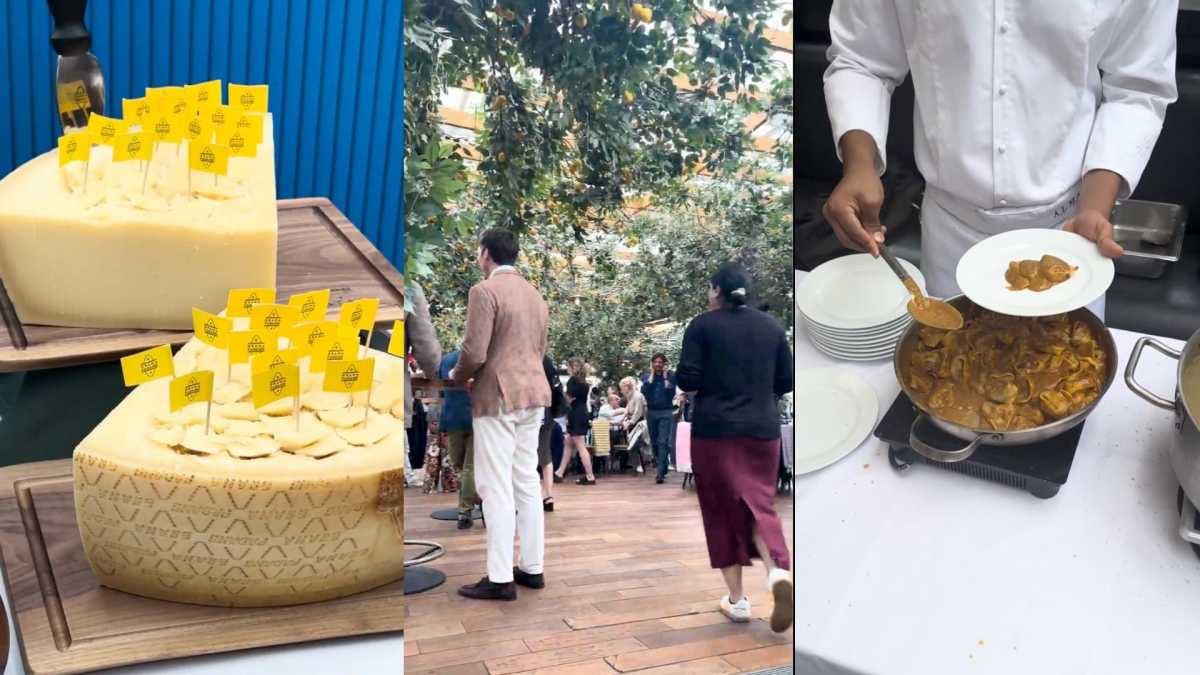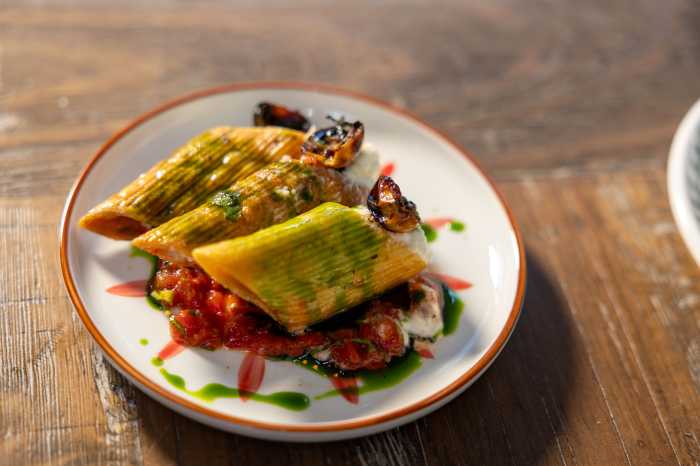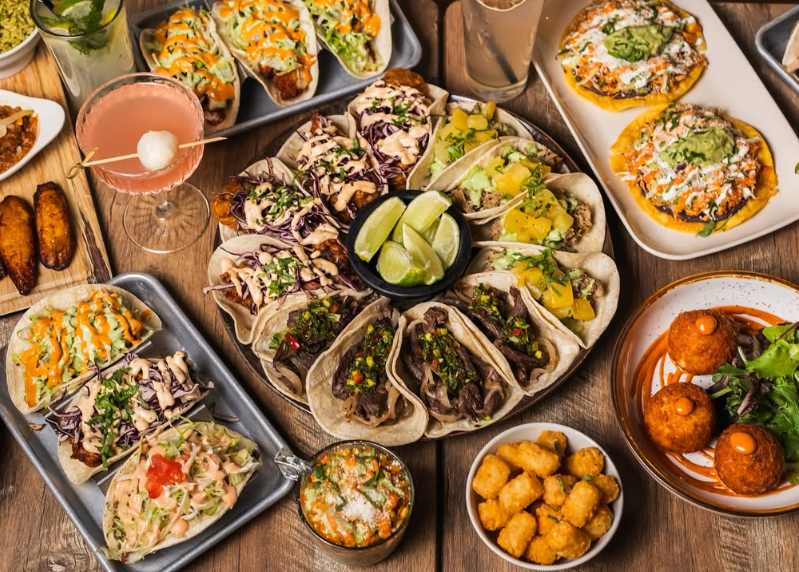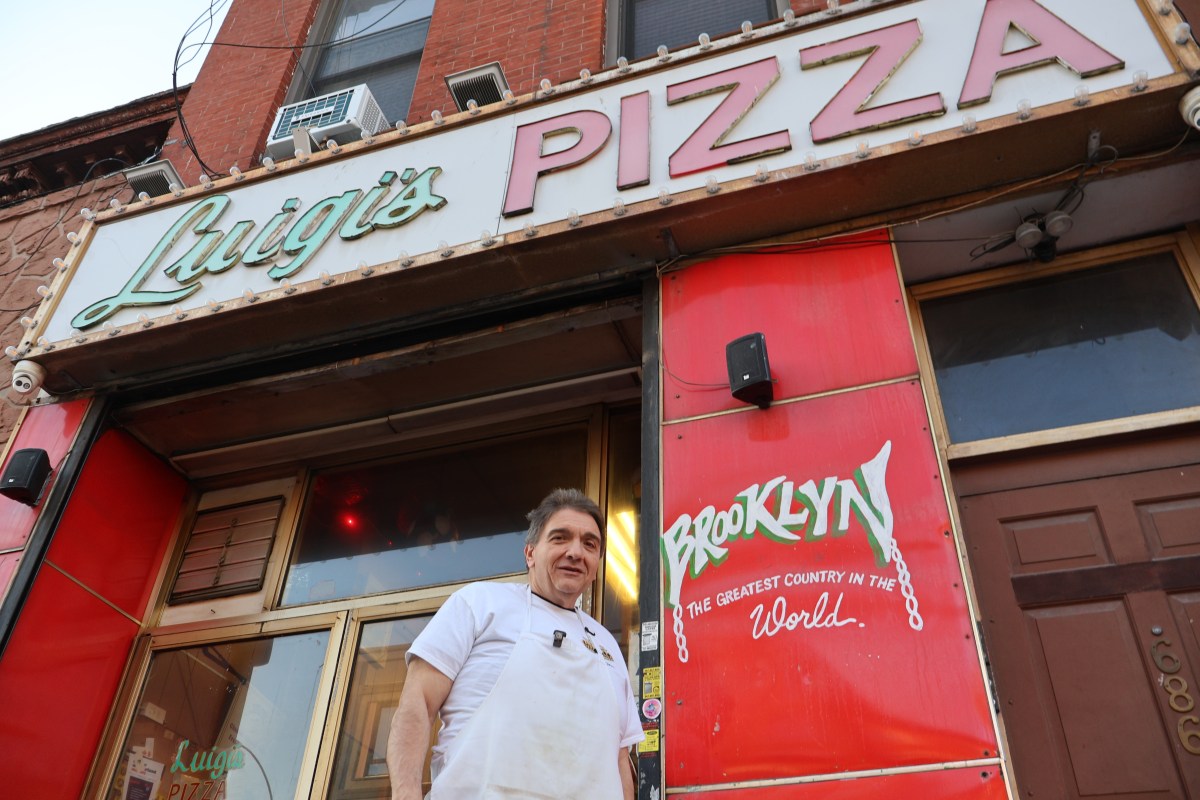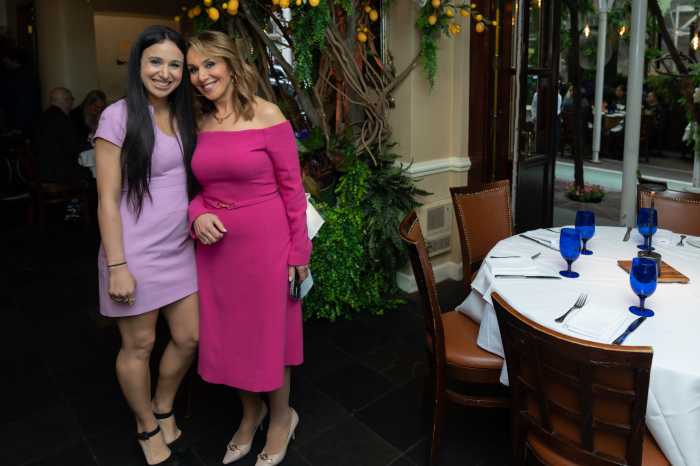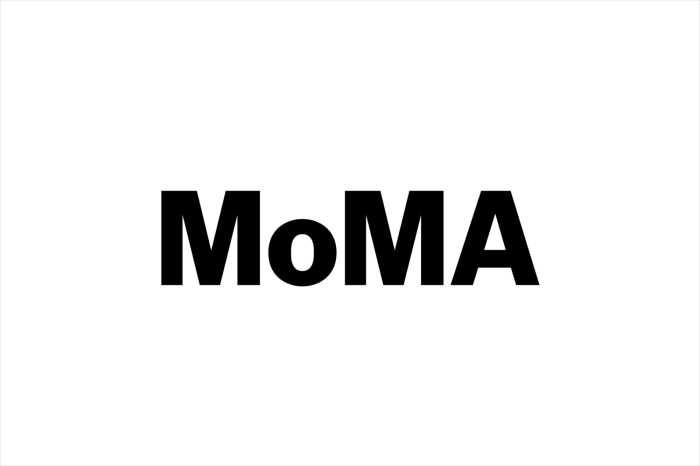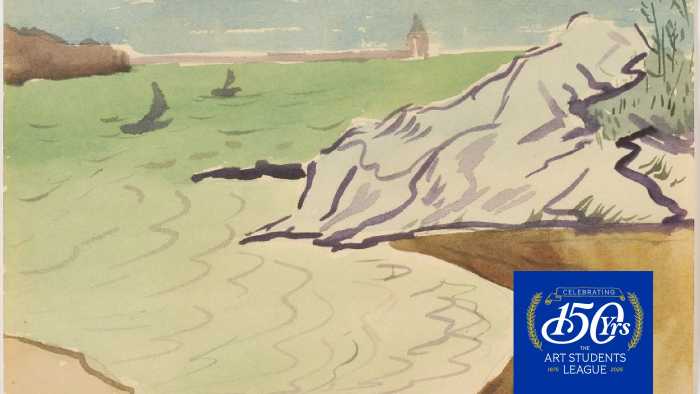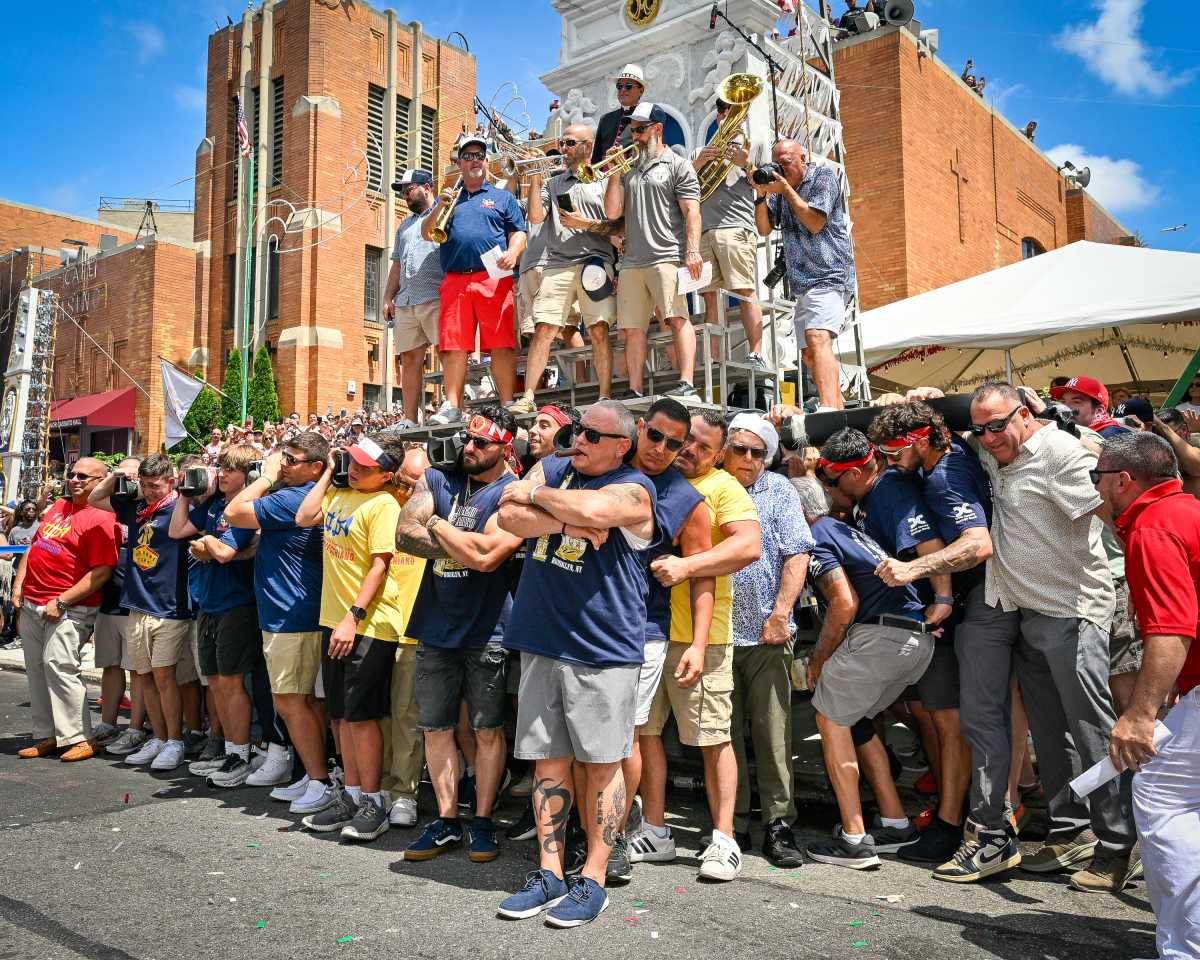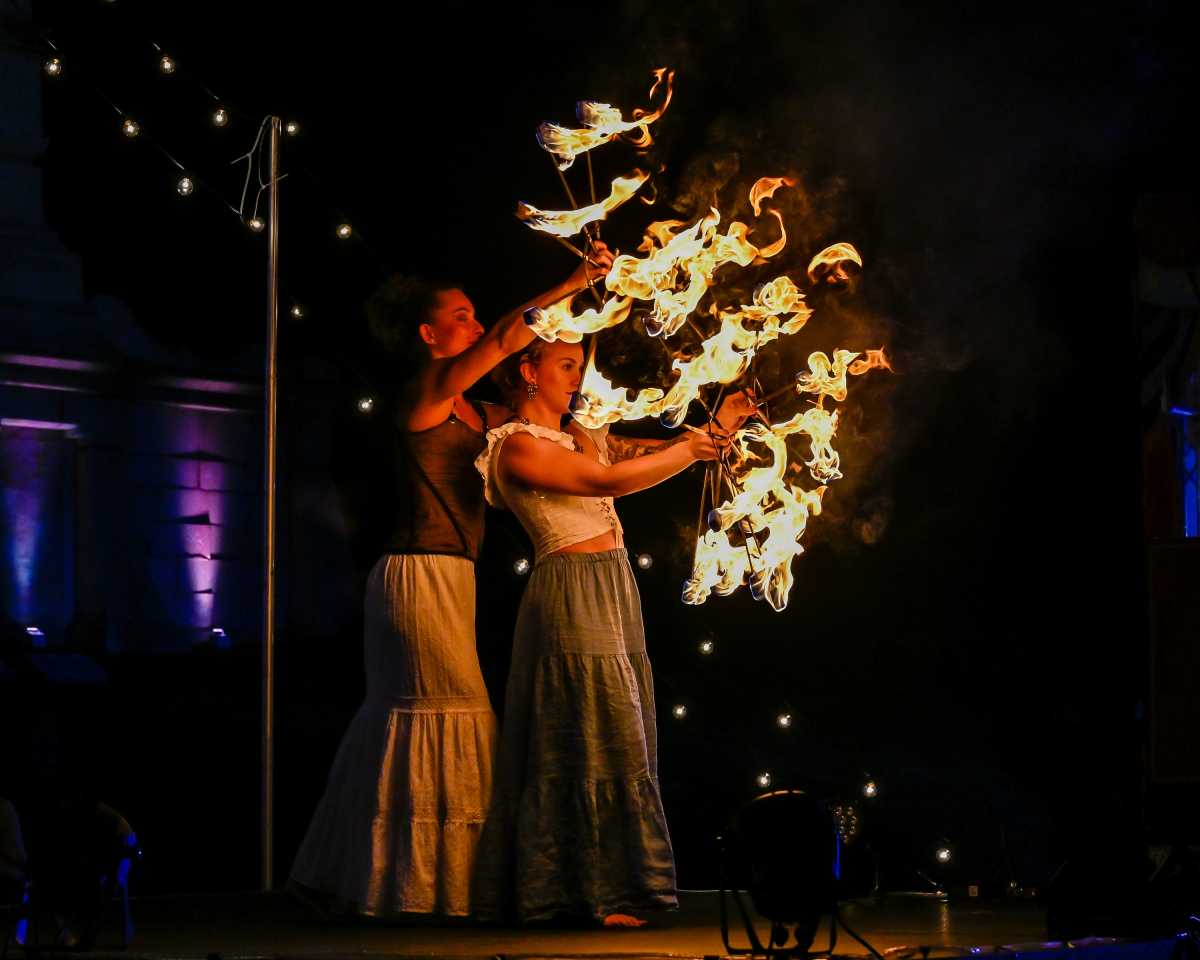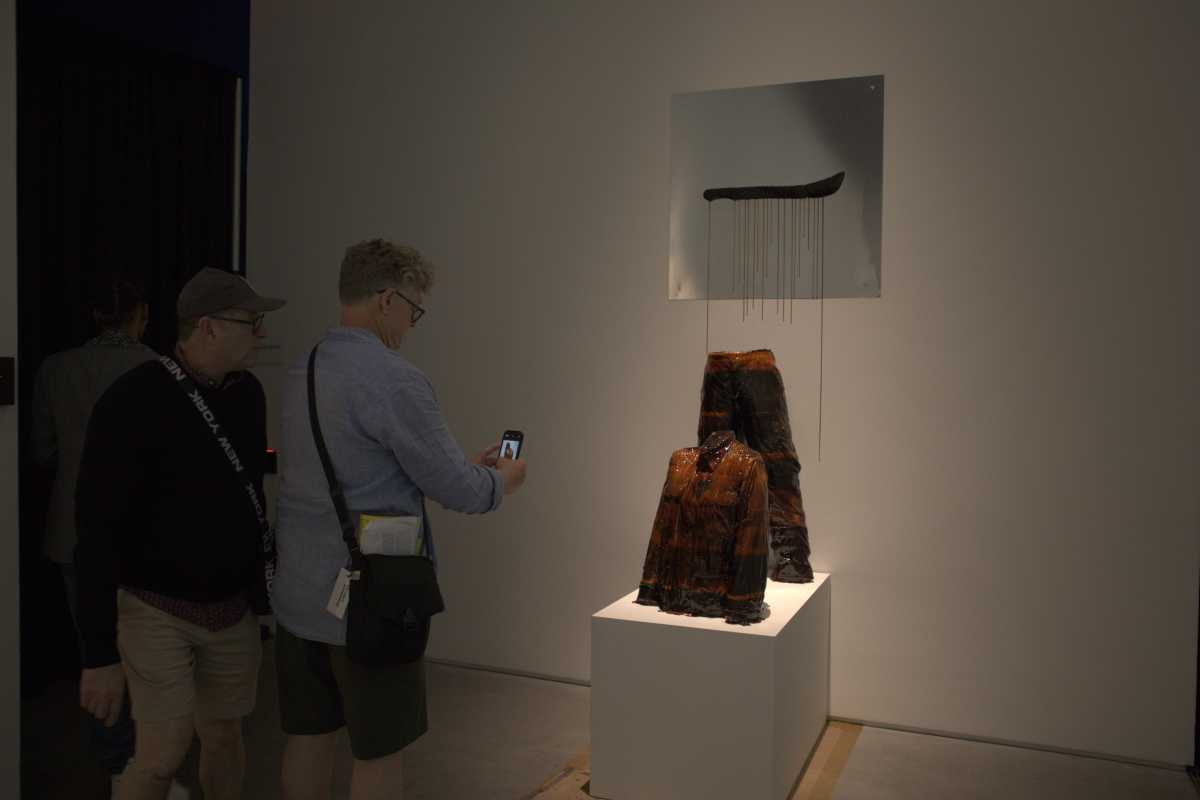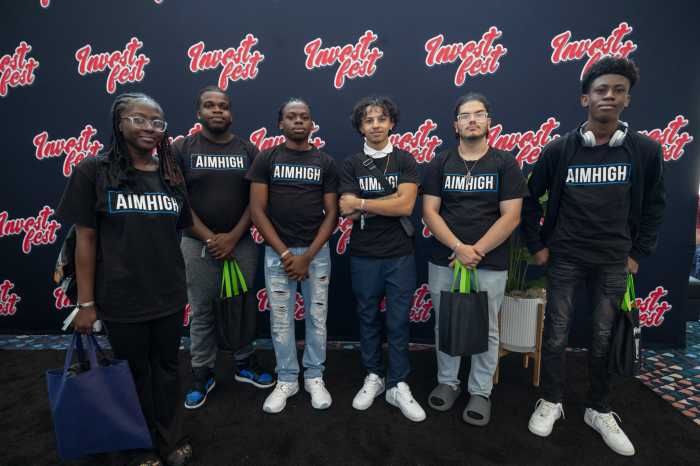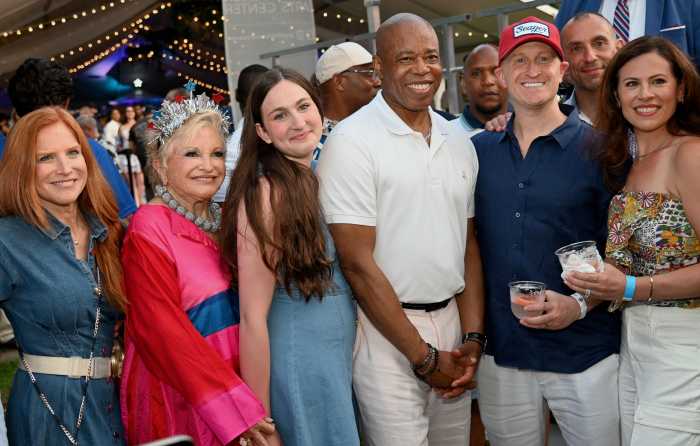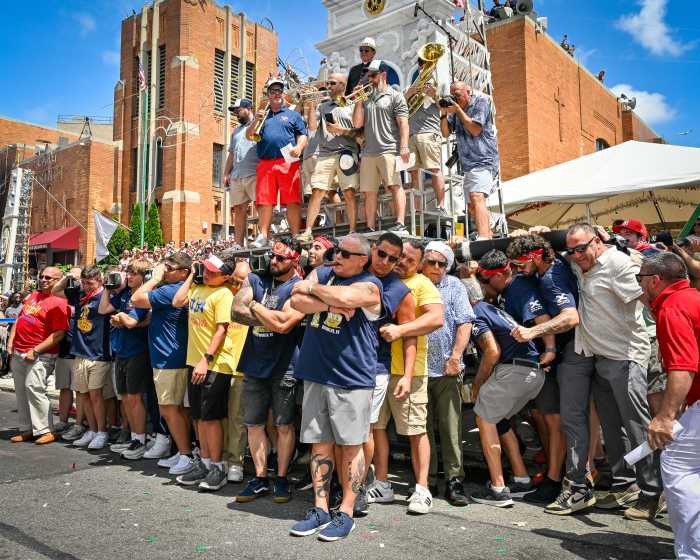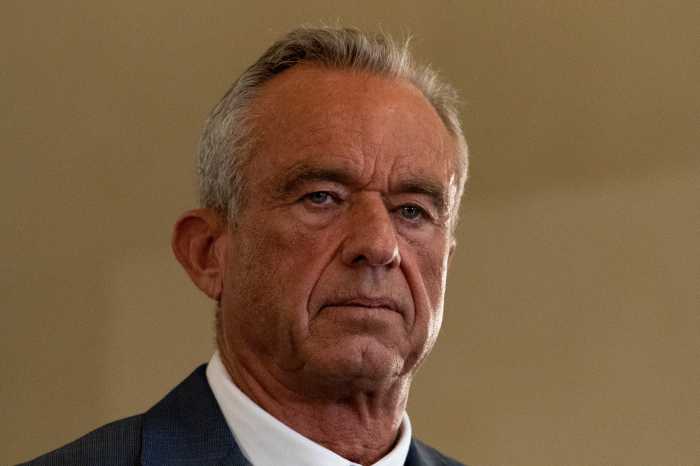Surrounded by vibrant lemon trees, the scent of aged Parmigiano Reggiano and freshly sliced prosciutto in the air, guests stepping into Eataly Flatiron on June 28 were instantly transported to the heart of Italy, Emilia-Romagna.
The occasion was a special tasting event hosted in partnership with the Region of Emilia-Romagna and ALMA – The International School of Italian Cuisine, inviting New Yorkers to experience the craftsmanship behind Italy’s most iconic products.
Paper-thin slices of Prosciutto di Parma, aged Parmigiano Reggiano, rich Grana Padano, and especially their Aceto Balsamico di Modena. Each bite told a story of tradition—bringing to life the region’s reputation as Italy’s Food Valley.
More than just a tasting, the event was a celebration. With over 44 products containing Protected Designation of Origin (PDO) and Protected Geographical Indication (PGI) status — EU labels that guarantee a product is made in a specific place using traditional and authentic methods — ensures every bite is traceable to its roots.
Representatives from Emilia-Romagna and Eataly were on hand to emphasize that message — and to highlight the growing trade partnership between Italy and the U.S.
“Emilia-Romagna is one of the most important regions in Italy and Europe for food and agriculture,” said Michele De Pascale, President of Emilia-Romagna. “We are here to promote our products and to work for a stronger trade relationship with the U.S. food industry. Consumers want to know where a product was born, who made it, and how.”
It is more than just getting their products into American stores and kitchens, De Pascale made it clear: they want more Italian products on American shelves — but only if consumers understand the stories behind them. De Pascale emphasized the importance of transparency in every transaction.
“There are 26 million people in the U.S. with Italian roots—they are ambassadors of the Italian way of eating, drinking, and living,” he said. “But freedom is not real without knowledge. People must know who made this product.”
During the event, De Pascale repeatedly highlighted his desire to strengthen trade ties with the U.S. — not just to sell more products, but to foster a deeper exchange of values and culture.
“We are here to promote our products and to work for a more important trade between the U.S. and the Italian food industry,” he said.
To De Pascale, free trade is not just about lowering tariffs or increasing exports — it is about making sure customers understand what they are buying.
“People want to know where a product was born, who worked for it, and the rules behind its production,” he explained.
Whether it is Parma ham or regional wines, De Pascale sees each item as cultural — something that should be understood as much as it is enjoyed.
Eataly hosting the event was a natural extension of its mission to celebrate regional Italian food traditions and bring them to new audiences. In recent years, the brand has launched its own line of products – now sold in flagship locations and Eataly Caffés – with hopes of expanding distribution across the U.S.
“We are very lucky because we have a brand which is known worldwide because of its excellence in Italian food. We really wanted to have our own line signed by Eataly, guaranteed by Eataly, and to bring excellence in another way worldwide,” says Stefania Iacobelli, an Eataly representative.
With iconic food paired with steady flows of conversation under citrusy lemon trees, the event showed how Emilia-Romagna is doing more than exporting food. Because behind every product is a story worth telling.



